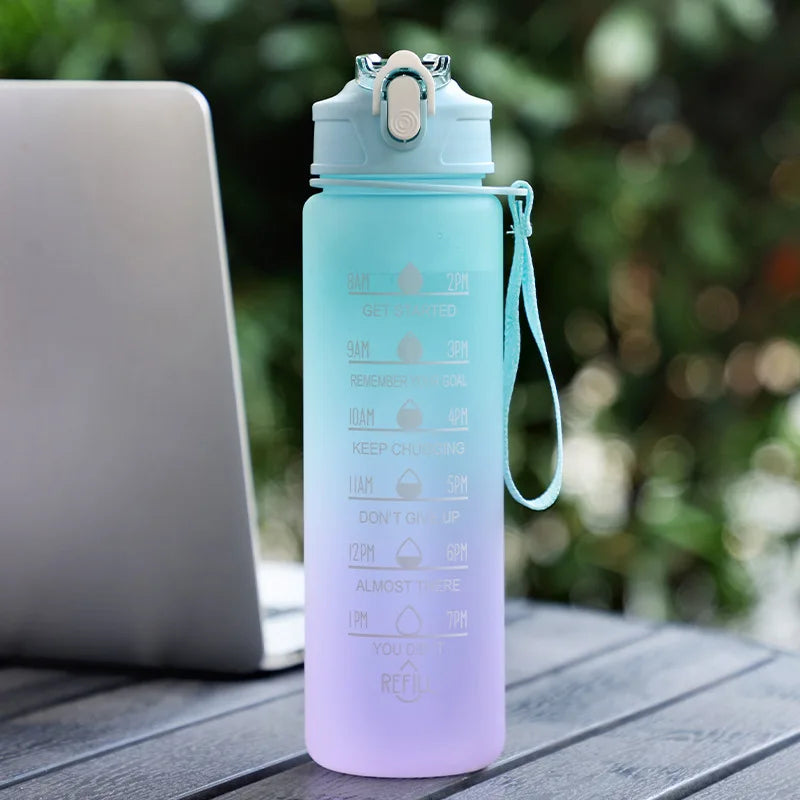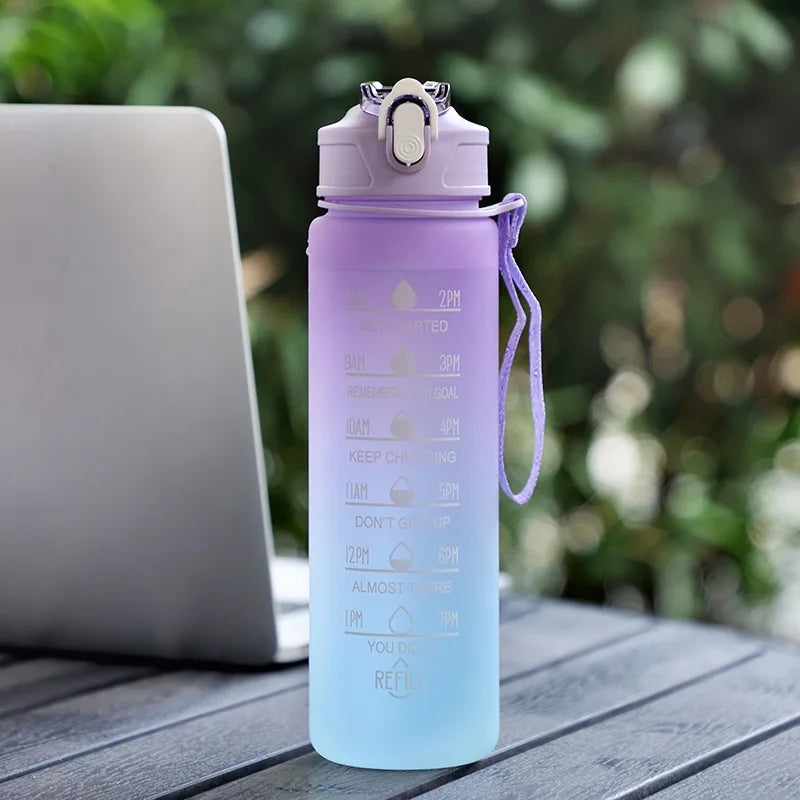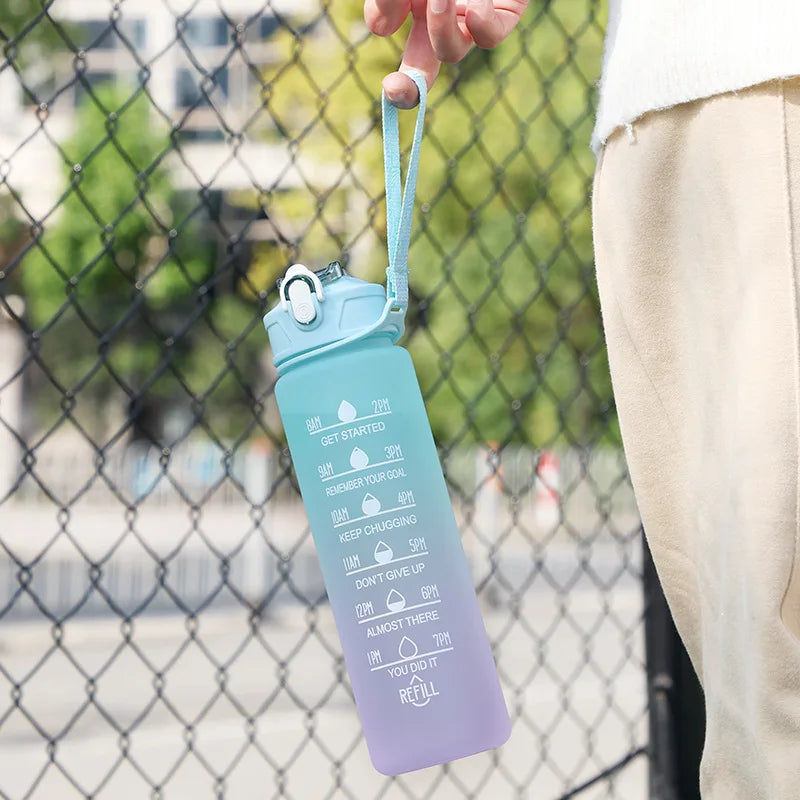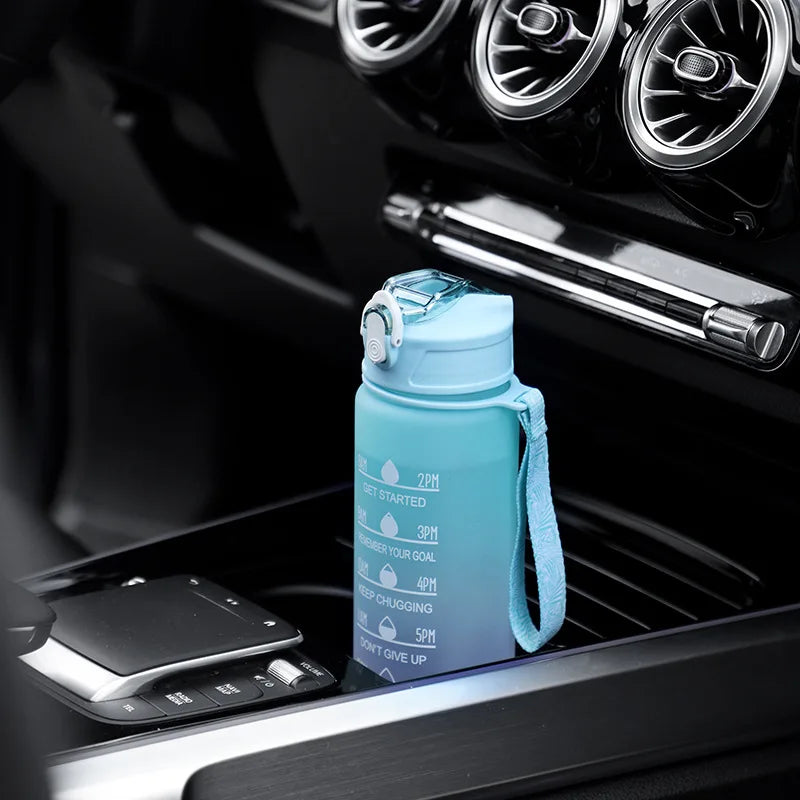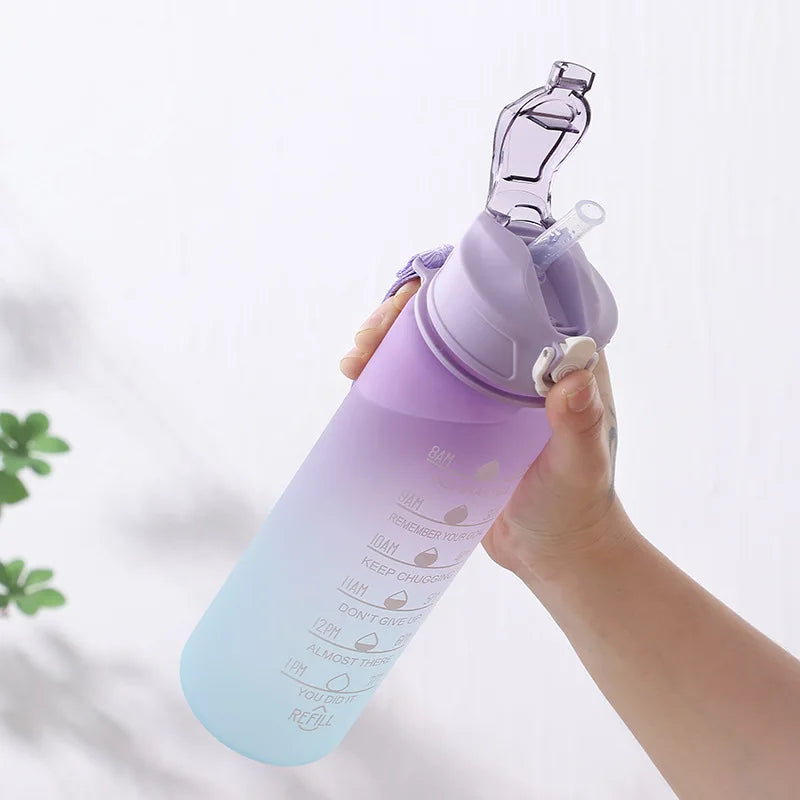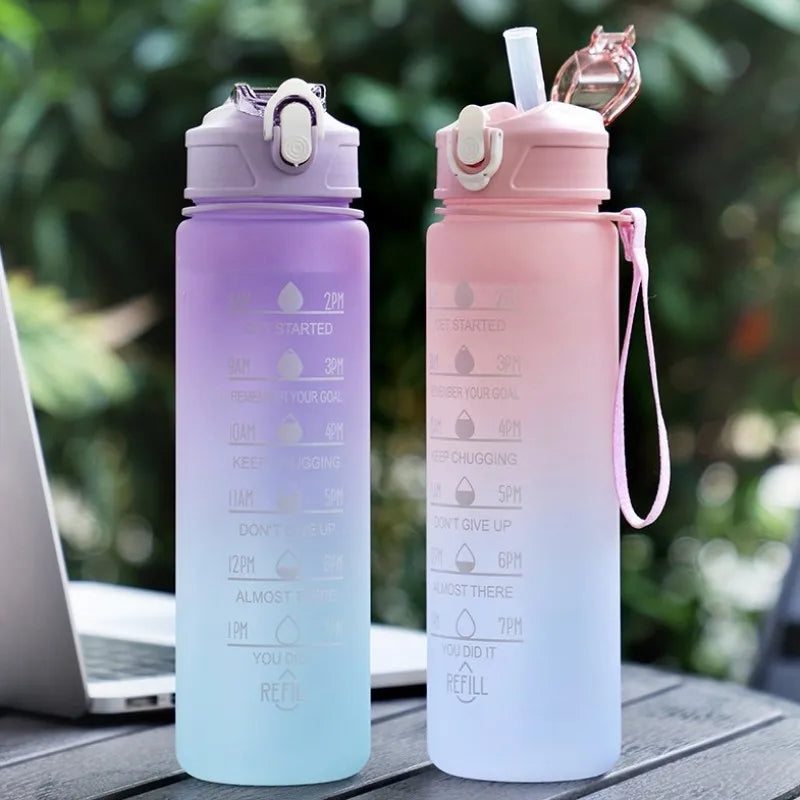Silicone Scar Gel vs. Silicone Scar Sheets: What's Best for You?
Choosing the right scar treatment is crucial for effective healing. In the realm of silicone-based products, scar gels and sheets are prominent contenders.
This comprehensive guide compares silicone scar gel and silicone scar sheets, helping you decide which is best suited for your needs.
Introduction to Silicone-Based Scar Treatments
Silicone has been a cornerstone in scar treatment due to its proven efficacy in improving the appearance of scars. It works by hydrating the scar tissue, which is crucial in minimizing scar formation and improving skin texture.
- Silicone Scar Gel: A topical gel formulation.
- Silicone Scar Sheets: Adhesive, flexible sheets.
![]()
Silicone Scar Gel: Features and Benefits
What is it? A gel-like substance applied directly to the scar.
- Ease of Application: Ideal for scars in hard-to-reach places or over joints.
- Discretion: Less visible, suitable for facial use or exposed areas.
- Hydration: Keeps the scar and surrounding skin hydrated.
Pros:
- Better for sensitive or small scars.
- Non-greasy and easy to apply.
- Quick absorption.
Cons:
- Needs frequent reapplication.
- Potentially less effective on large or raised scars.
Silicone Scar Sheets: Features and Benefits
What is it? Self-adhesive sheets that cover the scar.
- Consistent Pressure: Helps flatten and soften raised scars.
- Protection: Shields the scar from environmental irritants.
Pros:
- Great for larger, flatter scars.
- Long-lasting, can be more cost-effective.
- Often reusable with proper care.
Cons:
- Visible, which may be an issue for some users.
- Less flexible, not ideal for joints.
- Requires maintenance for reusability.
Comparing Efficacy
- For Raised or Keloid Scars: Silicone scar sheets are often recommended due to their ability to apply constant pressure, which is beneficial in flattening the scar.
- For Smaller, Sensitive Areas: Silicone gel is preferable for its ease of application and suitability for delicate or hard-to-reach areas.
User Experience and Comfort
- Silicone Gel: Often preferred for its lightweight and non-greasy formula. It's virtually invisible once applied, making it an excellent choice for daytime use and on exposed skin areas.
- Silicone Sheets: While more visible, they offer the convenience of less frequent application. Some users find them comfortable for overnight use or under clothing.
Application and Maintenance
![]()
-
Silicone Gel:
- Apply 2-3 times daily on clean, dry skin.
- Ideal for a quick and easy routine.
-
Silicone Sheets:
- Require application on clean skin.
- Need washing and careful maintenance for prolonged use.
Cost-Effectiveness and Long-Term Use
-
Silicone Gel:
- Might seem more cost-effective initially, but frequent application can add up over time.
- Best for short-term treatment of small scars.
-
Silicone Sheets:
- Higher upfront cost but reusable nature makes them more economical in the long run.
- Ideal for ongoing treatment of persistent scars.
Suitability for Different Scar Types
-
Surgical or Injury Scars:
- Gel: Effective for fine line scars.
- Sheets: Preferred for broader, flatter scars.
-
Acne Scars:
- Gel: More suitable due to targeted application on smaller scars.
- Sheets: Can be used for larger patched areas if acne scarring is widespread.
Conclusion: Making an Informed Decision
Both silicone scar gel and sheets offer unique benefits, and the choice largely depends on the type, size, and location of your scar, as well as personal convenience and lifestyle factors.
For dynamic areas or sensitive skin, gels are a go-to, while sheets excel in providing consistent treatment for larger, flatter scars.
Understanding your specific needs and scar characteristics will guide you to the most effective silicone-based scar treatment for optimal healing and minimal scarring.
References:
https://www.cochrane.org/CD013878/WOUNDS_what-are-benefits-and-risks-silicone-gel-sheeting-treating-keloid-scars
https://www.ncbi.nlm.nih.gov/pmc/articles/PMC4486716/
https://www.cochrane.org/CD013357/WOUNDS_silicone-gel-sheeting-treating-hypertrophic-scars
https://www.ncbi.nlm.nih.gov/pmc/articles/PMC2918339/
General Disclaimer: All information here is for educational purposes only and is not meant to cure, heal, diagnose nor treat. This information must not be used as a replacement for medical advice, nor can the writer take any responsibility for anyone using the information instead of consulting a healthcare professional. All serious disease needs a physician.

